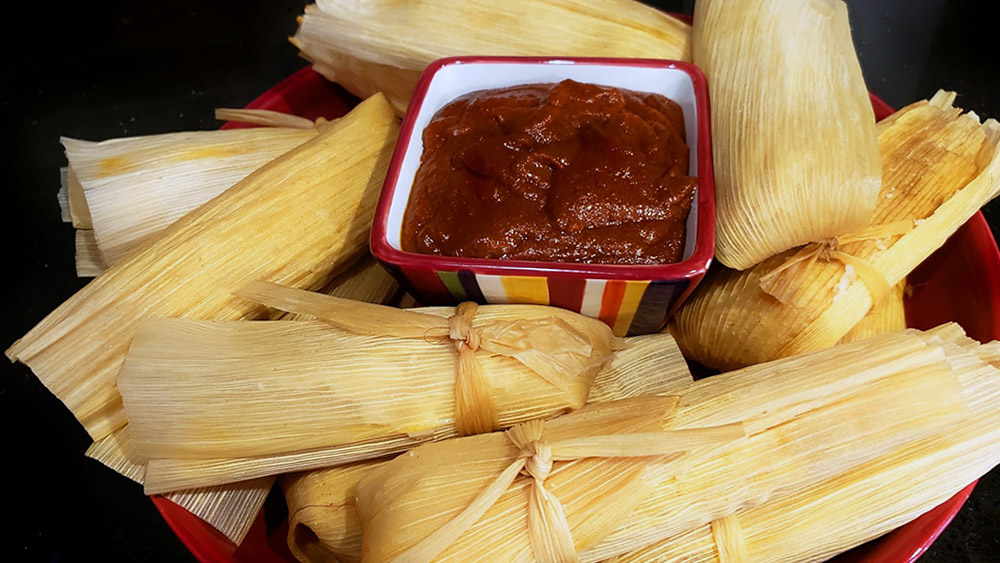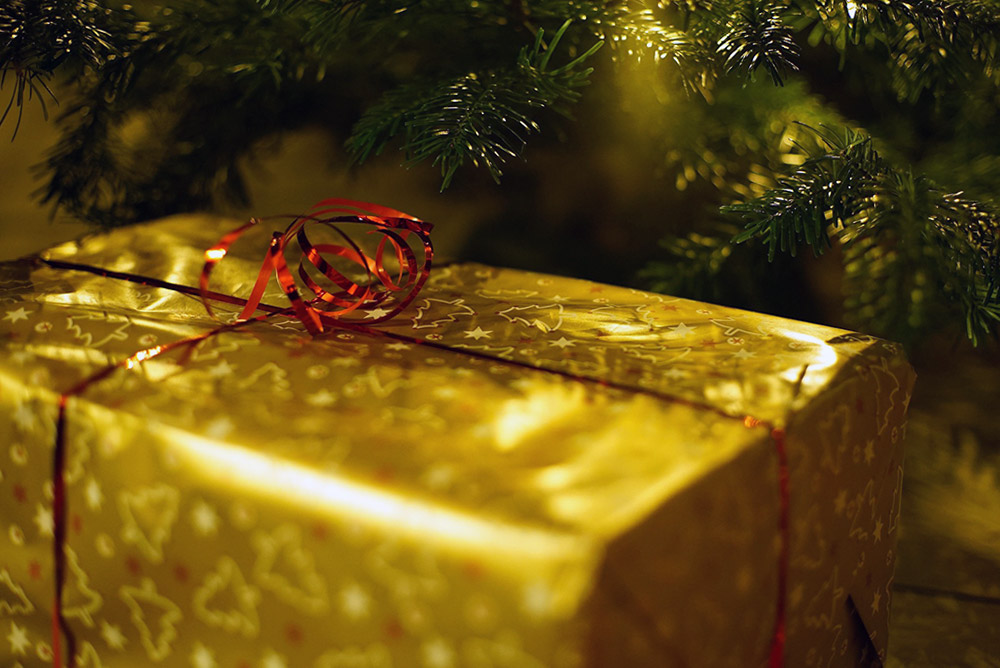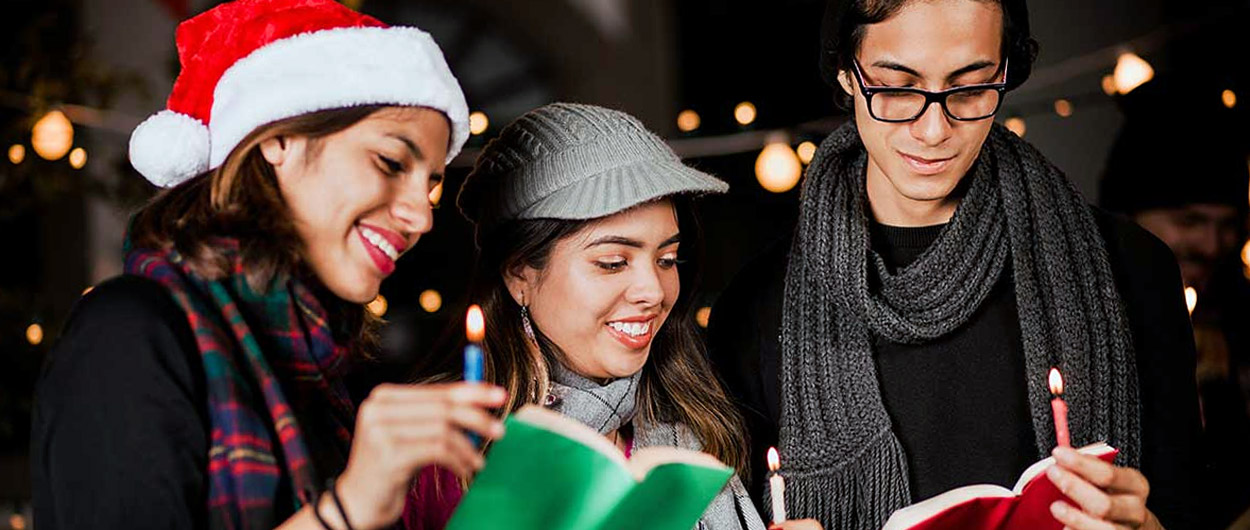Spending Christmas and the rest of the holiday season in Mexico is one of the most fun things you can experience as a foreigner in the country. Mexicans are very welcoming and friendly people that enjoy celebrating and spending lots of time together with family and friends. They are also very happy to share their traditions with the world.
But if it is your first time in the country or spending Christmas with a Mexican family outside Mexico, it can be intimidating not knowing how you should act or participate in certain situations that might not be familiar to you.
Well, here’s your guide to Christmas in Mexico. By the time you are done reading this article, you will know everything there is to know about the holidays in this wonderful country. Let’s get started.
Christmas in Mexico
The first thing that you need to understand is that most Christmas traditions in Mexico come from the country’s Catholic roots.
Even though the younger generation is not as devoted and the number of atheists in the country is larger than ever, the fact that Christmas is a family tradition has kept many small rituals alive.
For starters, Mexicans care more about Christmas eve than Christmas morning. When Mexicans refer to Navidad (Christmas), they usually mean December 24th, not the 25th.
Of course, things will vary from family to family, but here’s more or less what you can expect.
Christmas dinner

All the family (and extended family) get together on the night of December 24th. They will generally prepare a nice dinner together, drink, laugh, and in some cases, dance and party the whole night. If you are from the U.S., it will remind you of thanksgiving but with more people and loud music.
The dinner is the star of the night. Mexican prepare feasts for this day. They might even start planning for it a month in advance.
The menu will vary from home to home. In some cases, it is the traditional turkey with sides, but in others, they’ll treat it more like a chance to have a nice restaurant-like dinner and make a wide variety of dishes. I’ve seen everything, from lomo de cerdo (tenderloin) in the most delicious orange sauce, barbeque ribs, chicken breasts in salsa poblana to things that are very non-traditional like lasagna.
Other families will opt for traditional Mexican food like pozole or tamales.
Make sure to try ponche if you can. It’s a hot fruit punch that is common in Mexico during winter and when done right it is freaking amazing.
There isn’t really a traditional Christmas menu in Mexico, but you can be sure that whatever they choose, is going to be amazing.
Midnight
Right about midnight, Mexican catholic families might pause the celebration for a bit. This is because they celebrate the birth of Christ at this very moment.
In most cases, they’ll do something very simple. For example, they’ll go around the room and thank god for the good things that happened to them that year, or they’ll hug each other.
In more devoted homes, they might take a moment to pray in silence or as a group (you don’t need to learn anything, usually one person says the prayer, and the rest repeat after them). And in the most traditional cases, they’ll turn off all the lights and sing lullabies to ceramic figures of baby Jesus as they celebrate his birth. Don’t worry too much if this happens, either do what everyone else is doing or just remain silent on the sidelines, that’s ok too.
Presents!

One of the biggest changes in the Christmas rituals in Mexico compared to the rest of the world is that presents are not opened on Christmas morning, but on Christmas eve instead. Sometimes it will be after dinner, sometimes after midnight, but it is customary to open them at this time.
This is mostly again due to catholicism. The presents that Mexican kids get are not delivered by Santa, but by baby Jesus.
Some families will also organize an intercambio (secret Santa) and exchange presents.
Party time
After midnight, things can take different paths. Some families will just call it a night at this point, but for others, the night has begun and the music and dancing will start. Be aware that Mexicans don’t really have set times for how long parties should last so if you are wondering when is it a good time to leave without being disrespectful?, the answer is anytime you want. You don’t have to wait until the party is over or you might stay there until Christmas morning. This is a big culture shock for Scandinavians and other Europeans that are used to set schedules and shorter get-togethers. Mexicans don’t know when the party will end. If you want to leave, it’s ok, it’s not disrespectful.
Mexican Christmas decorations
Do Mexicans put christmas trees up?
Yes. Houses in Mexico will often use similar decorations to those used in the rest of the world, including Christmas trees, lights, ornament balls, etc.
As a matter of fact, there are towns in Mexico like Tlalpujahua, in the state of Michoacan, whose whole economy revolves around making Christmas decorations, and places like Bosque de los Árboles de Navidad near the town of Amecameca where you can find ethically grown Christmas trees.
The only decoration motif you will not see often in Mexico is snow because well, it doesn’t snow often in Mexico.
Christmas trees in Mexico look pretty much the same as in the US although natural trees are not as popular as they are more expensive and the economy of the average Mexican family is limited.
Nacimientos

What is a nacimiento?
You will often find in every Mexican home a decoration piece called nacimiento (the birth). The nacimiento is a diorama that represents the moment of Jesus’ birth. It is often set on top of plates of natural moss and uses small clay figurines. The most elaborate ones can have a lighting setup or even working miniature fountains and running rivers.
There are families that make nacimientos so big that they take up whole rooms or garages. One of the most famous ones in Mexico City is in Iztacalco and is open to the public every year for free.
The nacimiento will generally include the following:
- The central piece is an open hut or nicho that must include figures of Mary, Joseph, and baby Jesus.
- Most nacimientos will include figurines of the three wise men (reyes magos) bringing gifts of gold, frankincense, and myrrh.
- They will also include various farm animals such as cows, pigs, sheep, chickens, etc.
- Other townsfolk and decoration can be added depending on the complexity and size.
- Some homes will add a figurine of a horned devil which seems contradictory. I haven’t dared ask for an explanation about this one.
The nacimiento can be set up under the Christmas tree or separately.
Posadas
In certain cases, the Christmas celebrations in Mexico will include a posada.
Posadas are split into two parts. First, there’s a religious part where people will sing and pray as a representation of Mary’s journey as she was pregnant. If you decide to partake in it, it is quite simple as a lead person (usually a woman) will sing each verse first and then the rest of the group just repeats the thing after them.
For the second part, they’ll break a piñata (or more than one) and give away bags full of candy or fruit to kids.
Posadas are a whole thing by themselves and they can be celebrated any day between December 16th and the 24th. We have a whole article about them if you want to check it out.
Christmas morning
As I mentioned earlier, Christmas eve is the main event in Mexico’s Christmas celebrations. But that doesn’t mean it ends there.
On December 25th, Mexicans often get together again, sometimes with the same group they spend Christmas eve with and sometimes with other friends or different family groups. They meet around lunchtime for the recalentado (re-heated), which is eating leftovers from the night before (they plan for this by making a surplus of food) although it is not uncommon for some families to prepare different dishes for this.
Recalentado for some reason can be even more delicious than the Christmas eve dinner.
The reunion doesn’t last as long as everyone is tired from the night before. Families will usually just have lunch, hang out for maybe a couple hours and then everyone goes home to rest or do other activities.
Summary
- In Mexico, Christmas is celebrated on December 24th (Christmas eve)
- Families and friends get together for dinner, celebrating, and partying, and sometimes they’ll mix some religious rituals.
- The morning after they might get together again (or with a different group) for lunch but this is optional.





